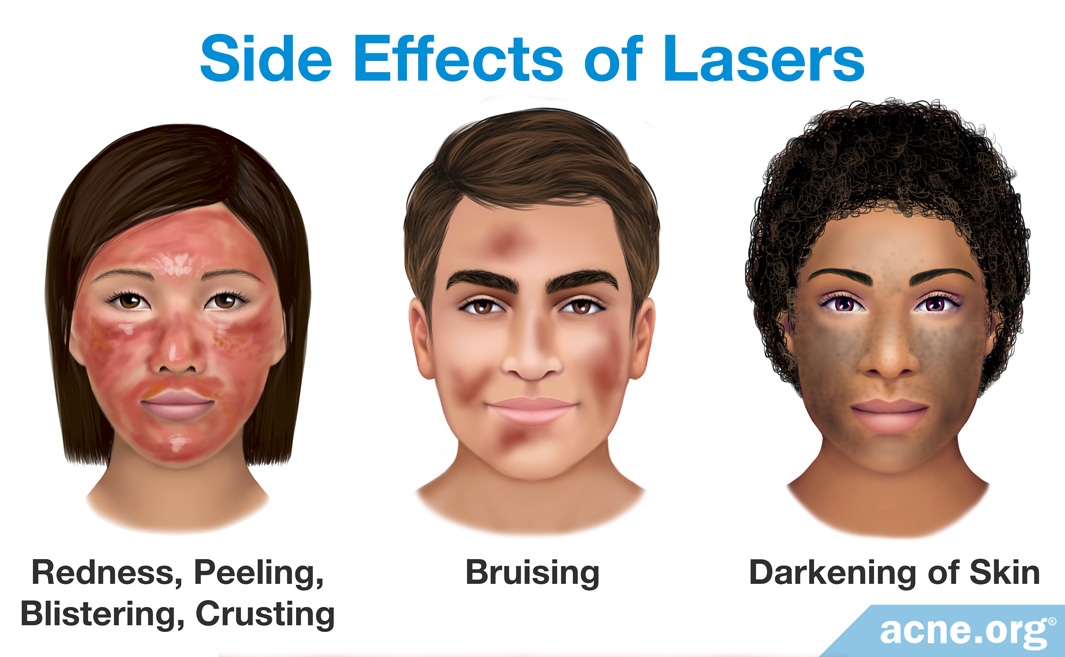30 and another 15 seconds perpendicular to the root.
Laser bacterial reduction side effects.
This procedure is called laser bacterial reduction lbr.
Permanent scarring or changes in skin.
This procedure is done during a routine cleaning visit.
Changes in skin color.
This article takes a brief look at the mechanism behind soft tissue lasers and reviews the evidence on the use of soft tissue lasers in the nonsurgical treatment of patients with periodontal diseases.
Recent publicity about the benefits of lasers in dentistry has generated considerable interest among dental professionals and the public.
The laser of choice was the nd yag due to its property of bacterial reduction and sealing of cementum.
Laser dentistry is the use of lasers to treat a number of different dental conditions.
The laser emits concentrated light energy which kills unhealthy bacteria.
It became commercially used in clinical dental practice for procedures involving tooth tissue in 1989.
Other potential side effects are swelling redness and scarring.
The procedure can be done alone or.
Laser skin resurfacing removes skin layer by layer with precision.
Reduce or eliminate bacteremia this procedure allows us to remove the bacteria and reduce the bacterial flow into your bloodstream.
The high intensity light is focused around the teeth especially at the gum line and is used to kill harmful bacteria in the mouth.
Rarely ablative laser resurfacing done near the lower eyelid can cause the eyelid to turn out and expose the inner surface.
Laser hair removal is one of the most commonly done cosmetic procedures in the u s.
Benefits of laser bacterial reduction.
There also are a few clinics that are over advertising laser therapies for.
The first risk is to get gingival damages coming from inappropriate wavelength or power level but it happens very rarely.
Laser bacterial reduction therapy is a noninvasive method of killing bacteria in the mouth.
The protocol used was 1 5 watts 15 hertz 15 seconds in the furcation parallel and along the distal aspect of the mesial root of tooth no.
Risk and side effects.
Nonablative laser resurfacing can cause a flare up of the herpes virus.
Lbr is accomplished using a non cutting dental laser.
Both of these conditions may require the insertion of a urinary catheter for a couple of days or weeks in order to drain urine from the bladder.

